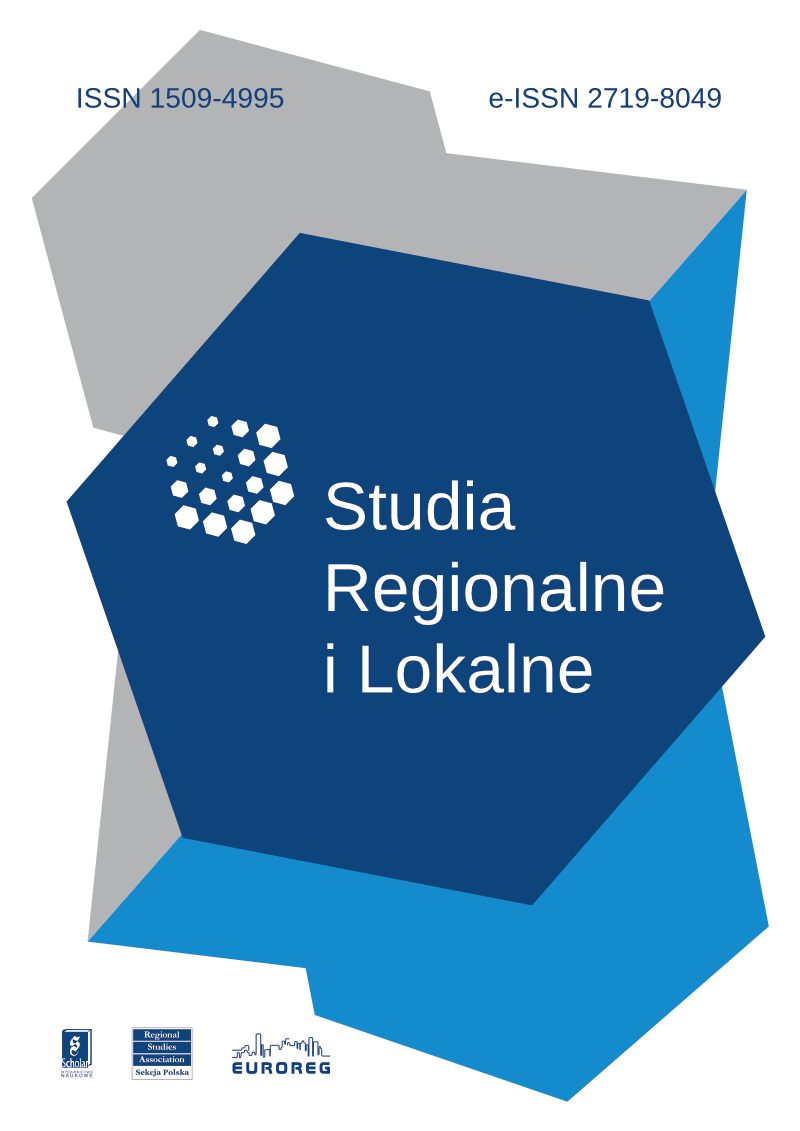Tbilisi – etapy urbanistycznego rozwoju miasta
Niniejszy artykuł ukazuje ewolucję układu urbanistycznego Tbilisi – obecnej stolicy Gruzji (ang. Georgia; gruz. Saqartwelo) – na przestrzeni dziejów. Struktura tekstu zachowuje chronologiczny układ wydarzeń od powstawania miasta. Omówiono także jego urbanistyczną specyfikę, wynikającą z lokalizacji Tbilisi w kotlinie rzeki Mtkwari (znanej w Polsce pod nazwą Kura). Na zakończenie dokonano ogólnego przeglądu podstaw prawnych rozwoju miasta z początku XXI w. Determinują one bowiem praktyczne możliwości wykorzystania urbanistycznego dziedzictwa stołecznego miasta. Tekst oparty jest na dokumentach rewitalizacji urbanistycznej Tbilisi, jakie opracowano na początku 2000 r. w ramach projektu współfinansowanego przez Radę Europy i Gruzińską Fundację Ochrony Dziedzictwa Kulturowego. Wyniki badań opublikowano w 2001 r. w gruzińsko-francusko- i angielskojęzycznych materiałach specjalistycznych (Tumaniszwili 2001). Kolejne źródła to materiały empiryczne gromadzone w Tbilisi w okresie 2003–2006 (w ramach realizowanego tam międzynarodowego projektu AIA) oraz uzyskane metodą kwerendy w gruzińskich i zagranicznych bibliotekach w latach 1998–2008
Tbilisi – Phases of Urban Development
The subject of this article is historical urban development, localization-specific and cultural urban heritage of the Georgian capital city of Tbilisi. All the urban development periods, from the very beginning until today, are described in a chronological order. Also, the author discusses general legal principles of urban space development applicable in this country. In all the cases, the author seeks to clarify the legislation problems and to discuss some examples of urban management of the twenty-hundred-years-old urban space. The text is based on the: (1) urban rehabilitation and revitalization documentation of Tbilisi, prepared in 2000 within an international project financed by the European Council and The Georgian Cultural Heritage Foundation, published in Strasburg in Georgian, French and English languages (Tumaniszwili 2001), (2) empirical documentation prepared in 2003–2006 within the international Project AIA and (3) historical documentation gathered in Georgian and foreign libraries in 1998–2008.



